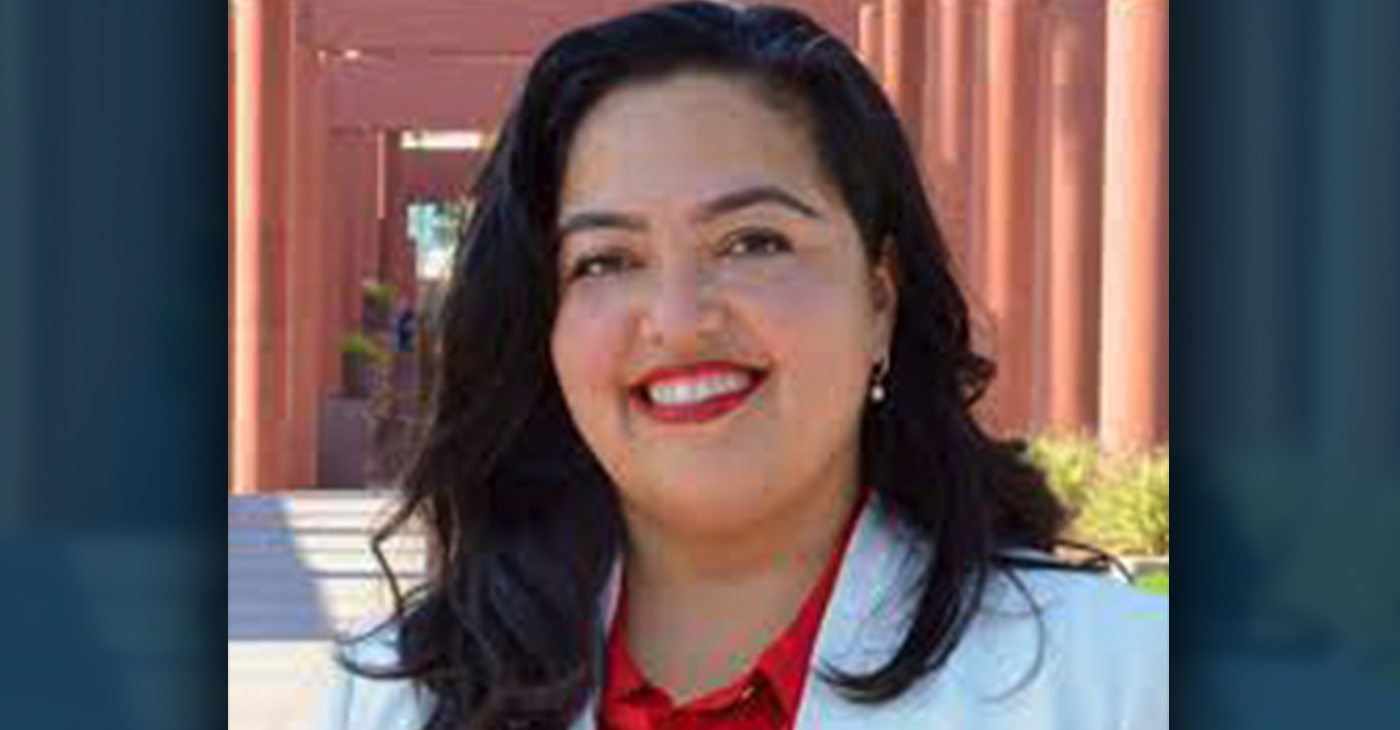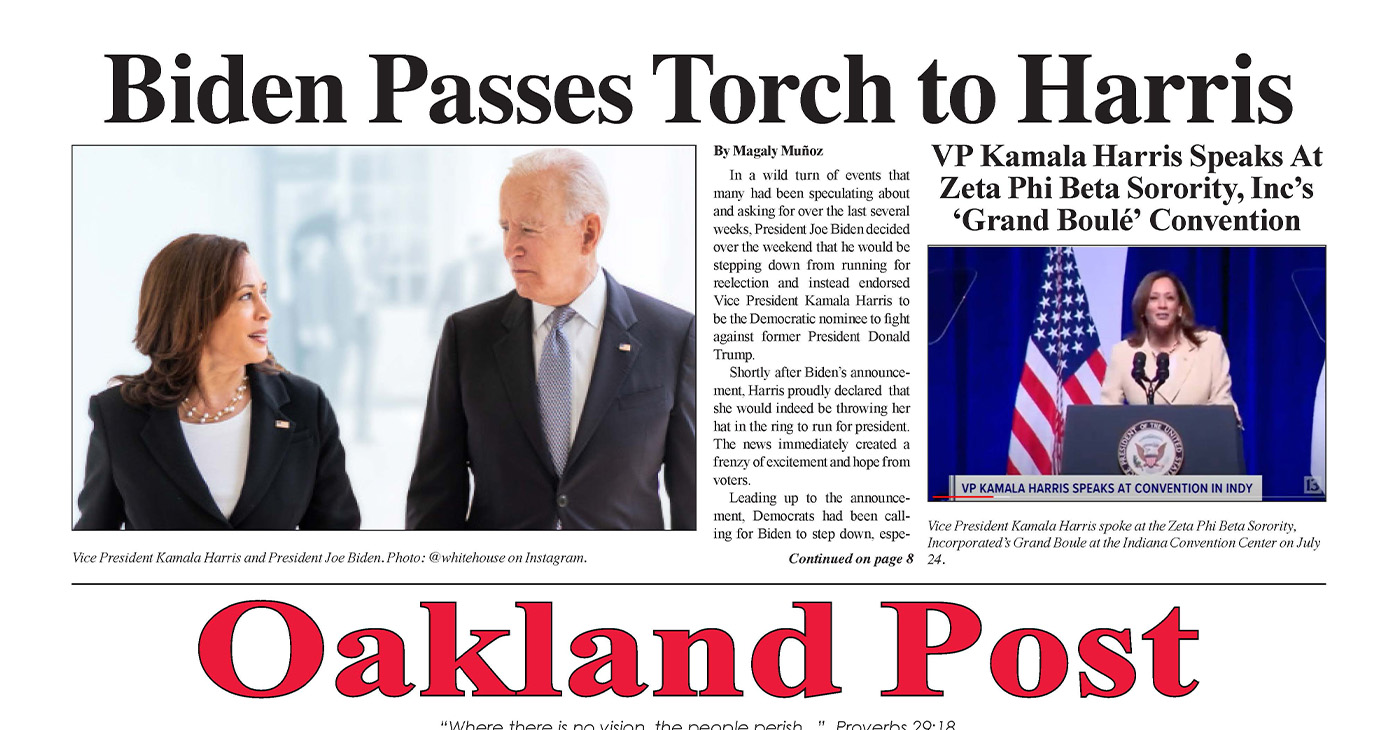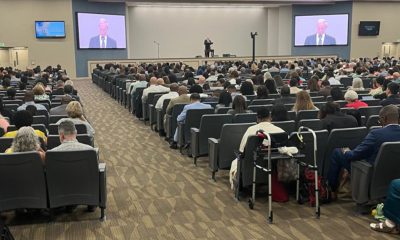Activism
The State of California Forced or Coerced Sterilization. Victims Can Be Compensated.
Last year, Assemblymember Wendy Carrillo (D-Los Angeles) wrote and introduced Assembly Bill (AB) 1007 that proposed the program and served as the basis for funding the policy, which was included in the state budget after negotiations with legislative leaders.

By Tanu Henry, California Black Media
People who the State of California had a hand in forcing or coercing to undergo vasectomies or get their tubes tied are now eligible for compensation. The payments will come from a $7.5 million state fund.
Some of those victims, both men and women, were sterilized without their consent or knowledge.
“California is committed to confronting this dark chapter in the state’s past and addressing the impacts of this shameful history still being felt by Californians today,” said Gov. Gavin Newsom last week when he announced the program which began Jan. 1 and is included as a line item in the state’s 2021-22 budget.
The governor’s office estimates that there are about 600 survivors, eligible and alive, who underwent the now-illegal method of birth control either at state medical facilities or in prison.
The survivors have until Dec. 31, 2023, to apply for compensation. About $4.5 million of the fund will be used for payments evenly divided among people who apply and are approved. Each will receive a check for an amount up to $25,000 dollars.
Another $2 million will be used for public information campaigns promoting the program. About $1 million will be used to create and install commemorative plaques at locations where “the wrongful sterilization of thousands of vulnerable people” happened, according to the governor’s office.
Last year, Assemblymember Wendy Carrillo (D-Los Angeles) wrote and introduced Assembly Bill (AB) 1007 that proposed the program and served as the basis for funding the policy, which was included in the state budget after negotiations with legislative leaders.
Carillo said the launch of the program represents a victory that “comes to fruition after decades of advocacy.” She also highlighted the fact that most of the victims were low-income, living with disabilities, or were people of color.
“We often discuss a woman’s right to choose, which includes the choice of becoming a mother, to become a parent. California’s eugenics laws have taken that away from many people,” said Carillo. “This is only the first step in addressing this wrong.”
She was referring to the practice, legal in California, that authorized state-run healthcare facilities to sterilize people that they considered “unfit for reproduction.”
“The compensation finally admits that California was in violation of human rights and reproductive justice. As a state, we must and can do more to recognize the horrific impact of eugenic sterilization programs on California families, and the devastating consequences of this failed attempt to eradicate populations.”
California’s sterilization law remained in effect from 1909, when the Assembly approved it, until 1979 when it was overturned. During that period, an estimated 20,000 people were sterilized.
In 2003, Gov. Gray Davis issued an apology to survivors.
“California led the way in eugenics as legislation was copied across the United States and used as a model for Adolf Hitler throughout World War II,” according to a statement Carillo’s office released.
State-sponsored sterilizations, however, continued in California prisons at least until 2010, according to the State Auditor’s office. That policy was banned in 2014.
Survivors can apply for payments through California’s Forced or Involuntary Sterilization Compensation Program, according to Gov Newsom’s office. The California Victim Compensation Board is responsible for administering the program.
The board says the identities of applicants will be kept confidential and payments will not impact a claimant’s trust, or Medicaid or Social Security status or benefits. The state will also not consider compensation survivors receive as income for state tax or child support purposes.
Newsom said the program is part of a broader state initiative to redress historical injustices. “While we can never fully make amends for what they’ve endured, the state will do all it can to ensure survivors of wrongful sterilization receive compensation,” the governor said.
To apply, survivors should visit www.victims.ca.gov/fiscp, reach out to CalVCB at 800-777-9229, or send an e-mail to fiscp@victims.ca.gov to obtain an application. They can also send a letter to P.O. Box 591, Sacramento, CA 95812-0591.
Activism
Oakland Post: Week of July 24 – 30, 2024
The printed Weekly Edition of the Oakland Post: Week of July 24 – 30, 2024

To enlarge your view of this issue, use the slider, magnifying glass icon or full page icon in the lower right corner of the browser window. ![]()
Activism
Oakland Post: Week of July 17 -23, 2024
The printed Weekly Edition of the Oakland Post: Week of July 17 -23, 2024

To enlarge your view of this issue, use the slider, magnifying glass icon or full page icon in the lower right corner of the browser window. ![]()
Activism
Community Celebrates Historic Oakland Billboard Agreements
We, the Oakland Billboard Economic Development Coalition, which includes Oakland’s six leading community health clinics, all ethnic chambers of commerce, and top community-based economic development organizations – celebrate the historic billboard agreements approved last year by the Oakland City Council. We have fought for this opportunity against the billboard monopoly, against Clear Channel, for five years. The agreements approved by Council set the bar for community benefits – nearly $70 Million over their lifetime, more than 23 times the total paid by all previous Clear Channel relocation agreements in Oakland combined.

Grand Jury Report Incorrect – Council & Community Benefit
We, the Oakland Billboard Economic Development Coalition, which includes Oakland’s six leading community health clinics, all ethnic chambers of commerce, and top community-based economic development organizations – celebrate the historic billboard agreements approved last year by the Oakland City Council. We have fought for this opportunity against the billboard monopoly, against Clear Channel, for five years. The agreements approved by Council set the bar for community benefits – nearly $70 Million over their lifetime, more than 23 times the total paid by all previous Clear Channel relocation agreements in Oakland combined.
Unfortunately, a recent flawed Grand Jury report got it wrong, so we feel compelled to correct the record:
- Regarding the claim that the decision was made hastily, the report itself belies that claim. The process was five years in the making, with two and a half years from the first City Council hearing to the final vote. Along the way, as the report describes, there were multiple Planning Commission hearings, public stakeholder outreach meetings, a Council Committee meeting, and then a vote by the full Council. Not only was this not hasty, it had far more scrutiny than any of the previous relocation agreements approved by the City with Clear Channel, all of which provide 1/23 of the benefits of the Becker/OFI agreements approved by the Council.
- More importantly, the agreements will actually bring millions to the City and community, nearly $70M to be exact, 23 times the previous Clear Channel relocation agreements combined. They certainly will not cost the city money, especially since nothing would have been on the table at all if our Coalition had not been fighting for it. Right before the decisive City Council Committee hearing, in the final weeks before the full Council vote, there was a hastily submitted last-minute “proposal” by Clear Channel that was debunked as based on non-legal and non-economically viable sites, and relying entirely on the endorsement of a consultant that boasts Clear Channel as their biggest client and whose decisions map to Clear Channel’s monopolistic interests all over the country. Some City staff believed these unrealistic numbers based on false premises, and, since they only interviewed City staff, the Grand Jury report reiterated this misinformation, but it was just part of Clear Channel’s tried and true monopolistic practices of seeking to derail agreements that actually set the new standard for billboard community benefits. Furthermore, our proposals are not mutually exclusive – if Clear Channel’s proposal was real, why had they not brought it forward previously? Why have they not brought it forward since? Because it was not a real proposal – it was nothing but smoke and mirrors, as the Clear Channel’s former Vice President stated publicly at Council.
Speaking on behalf of the community health clinics that are the primary beneficiaries of the billboard funding, La Clinica de la Raza CEO Jane Garcia, states: “In this case, the City Council did the right thing – listening to the community that fought for five years to create this opportunity that is offering the City and community more than twenty times what previous billboard relocation agreements have offered.”
Oakland Billboard Economic Development Coalition
| Native American Health Center | La Clínica de la Raza | West Oakland Health Center |
| Asian Health Services | Oakland LGBTQ Center | Roots Community Health Center |
| The Unity Council | Black Cultural Zone | Visit Oakland |
| Oakland African American Chamber of Commerce | Oakland Chinatown Chamber of Commerce | Oakland Vietnamese Chamber of Commerce |
| Oakland Latino Chamber of Commerce | Building Trades of Alameda County | (partial list) |
-

 Arts and Culture3 weeks ago
Arts and Culture3 weeks agoRooted in Tradition: The Intricate History of Black Hair Braiding
-

 Bay Area4 weeks ago
Bay Area4 weeks ago“I Will Not Be Bullied,” Says Oakland Mayor Sheng Thao
-

 Bay Area2 weeks ago
Bay Area2 weeks agoPG&E Increases Rates While Bay Area Households Are Struggling to Stay Afloat
-

 Business3 weeks ago
Business3 weeks agoGov Newsom: Raising Fast Food Minimum Wage to $20 Pays Off as Jobs Multiply in Industry
-

 Activism4 weeks ago
Activism4 weeks agoOpponents of Mayor Sheng Thao Are Calling on Her to Resign Following FBI Raid
-

 Community1 week ago
Community1 week agoHundreds Come to Jehovah’s Witnesses’ Assembly Hall for Three-Day Program of ‘Good News’ in Fremont
-

 Bay Area2 weeks ago
Bay Area2 weeks agoJuneteenth Mass Shooting Suspect Charge with Multiple Counts of Felony Assault by Alameda County DA Pamela Price
-

 Activism4 weeks ago
Activism4 weeks agoOakland Coliseum Sale to AASEG: A Model for Community Development and Inclusion




















































